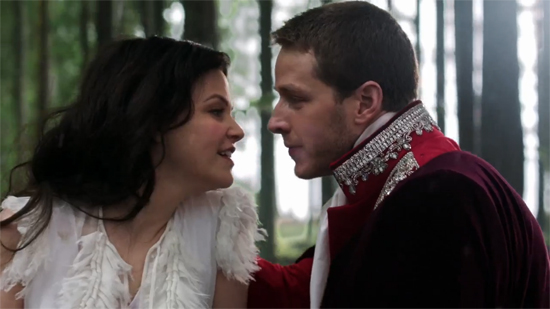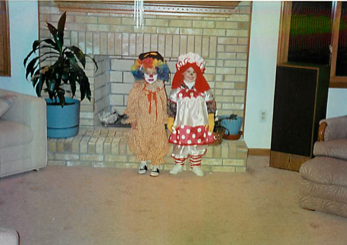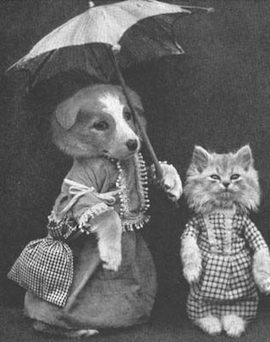Submitted by Scott Garbacz on Tue, 02/24/2015 - 14:25
 Image screen captured from abc.go.com.
Image screen captured from abc.go.com.
Fantasy is in vogue these days; even sometimes finding its way to the fashion runway. Admittedly, its big-screen run is nearing the end. The decade-long Harry Potter series came to an end in 2011, while the latest Hobbit movie marks the end of Peter Jackson’s The Lord of the Rings decade (extended cut, 2001-2014). Yet while big-budget blockbusters has been taken over by superhero movies or science-fiction dystopias, 2011 saw the advent of two small-screen franchises: the HBO epic fantasy series Game of Thrones and the network hit that is currently Netflix’s second most popular show, the fairy-tale drama Once Upon a Time. Game of Thrones, of course, has been the subject of many academic discussions and controversies; here, it has already been covered excellently on this site from the perspective of visual narrative theory, internet-enabled reader-response “marginalia," and even the tradition of opening films and television episodes with horses, and has had an excellent write-up of the ways its fashion stages culturally situated arguments about gender. Expanding upon Deb's comment yesterday that costumes are always making an argument, I want to look at the way that Once Upon a Time uses costumes to navigate the tension between our sense of the vibrancy of our present day lives and our collective desires for the past, especially as filtered through the lens of childhood memories.
Read more about Fashioning Modernity in Once's Urban Fairy-Tale
Submitted by wiedner on Fri, 10/24/2014 - 15:12
Submitted by Aubri Plourde on Wed, 10/22/2014 - 12:01
As a child, I dressed up for Halloween only once.
It looked like this:

Image Credit: Aubri's Mom
Submitted by Emily Lederman on Wed, 10/15/2014 - 21:53

from buzzfeed.com
In his 2010 text, Developing Animals: Wildlife and Early American Photography, Matthew Brower considers the constructed nature of wildlife photography and what it tells us about historical understandings of human-animal relations. Brower is the curator of the University of Toronto Art Centre and a lecturer in museum studies in the Faculty of Information at the University of Toronto. Beginning with an analysis of early American photographs of taxidermy, his text examines the practice of “camera hunting” in the nineteenth century, the invention of the photographic blind and Abbott Thayer’s use of photographs to make arguments about animal coloration and camouflage. Brower argues that examining these photographic practices illustrates how they construct a particular narrative of the relationship between animals and humans. Brower suggests that photos of perceived “wild animals” are staged to tell a particular story about the historical constitution of the animal and human-animal interaction.